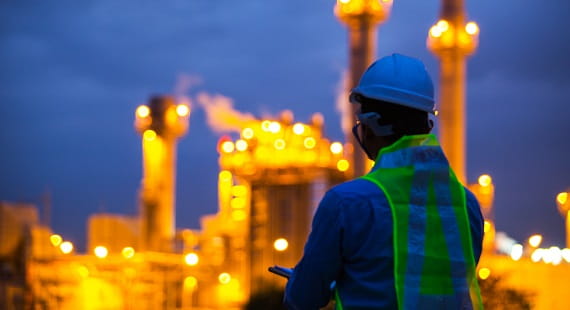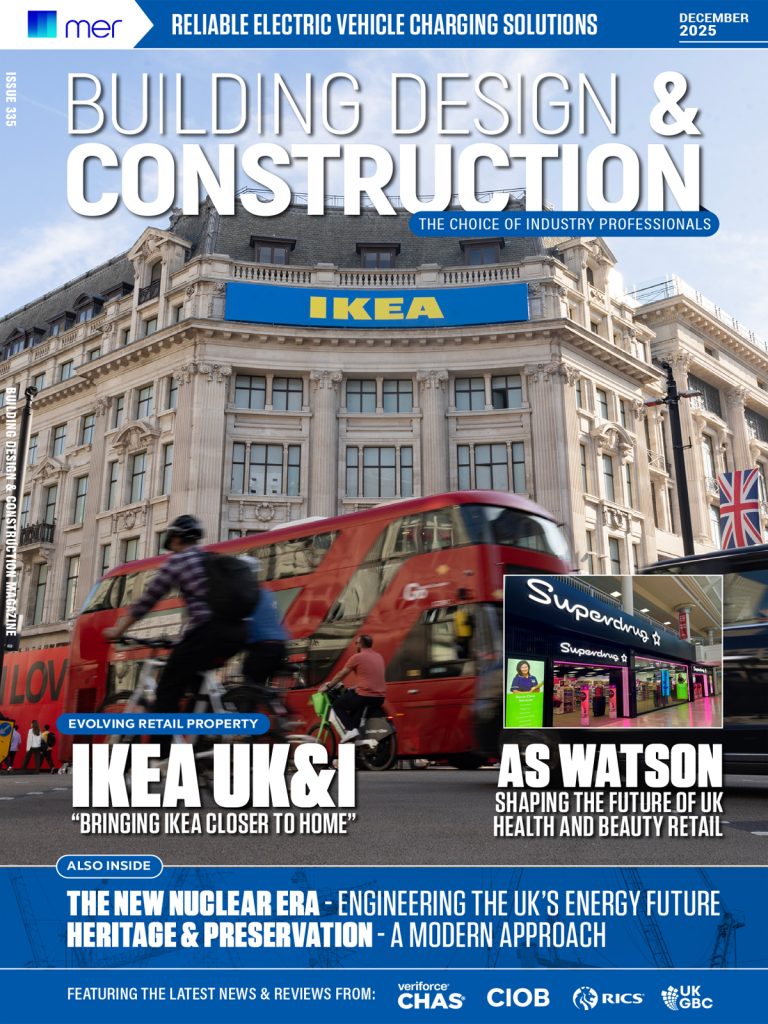Moving to Singapore can be both exciting and a bit scary for American expatriates. This guide offers tips to make the move smoother. Singapore is known for its vibrant culture, tropical weather, and English-speaking people. It’s a great place for Americans to live. First, think about the cost of living. It’s higher than in many places. But, Singapore is safe, efficient, and has a great quality of life. This can make up for the cost. Sorting out your belongings and planning for healthcare are important steps. With the right info and resources, you can manage these tasks well. American expatriates will find Singapore welcoming. It’s one of the safest countries in the world. Setting up important services before you arrive will make things easier. This guide offers practical advice and tips for moving to Singapore. Understanding Singapore’s Immigration Process Moving to Singapore means going through a detailed immigration process. It starts with getting the right visa. This guide will help you understand the Singapore visa process, including work permits and LTVP. Visa Requirements Americans need the right visa to live in Singapore legally. There are different visas for tourists, business trips, and moving with family. The rules change based on why you’re coming and how long you plan to stay. You’ll need to provide certain documents when applying for a visa. This includes your passport, filled-out forms, and documents specific to your visa type. Work Permits If you want to work in Singapore, you’ll need a work permit. The Employment Pass is for professionals, managers, and specialists with a job offer. For mid-skilled workers, the S Pass is available. Entrepreneurs can apply for the EntrePass. Each permit has its own rules and application process. You’ll need to provide things like your education and job contract. Long-Term Visit Pass The Long-Term Visit Pass (LTVP) is great for joining family in Singapore or staying longer than usual. You’ll need to show proof of your relationship, financial stability, and why you’re staying longer. This pass helps keep families together and avoids the need for frequent visa renewals. Knowing about the Singapore visa process is key for Americans moving there. With the right information and preparation, getting the necessary permissions is easier. Living Accommodations in Singapore Finding a place to live in Singapore can be complex, especially for expats. It’s key to know your options, whether renting or buying, for a smooth move. Rental Options For those renting in Singapore, there are many choices. They suit different lifestyles and budgets: Expats often choose Orchard, Holland Village, and Tanjong Pagar for their lively communities and convenience. Buying Property Buying property in Singapore can be a good long-term investment, but it has rules for foreigners. Non-citizens can buy condos, but there are taxes like the Additional Buyer’s Stamp Duty (ABSD) to consider. Cultural Considerations Living in Singapore means diving into its cultural diversity. It’s important to be respectful and live in harmony with neighbors. Expats should learn about local customs and traditions. Joining in local events and showing interest in local life can make living abroad better. It helps to respect Singapore’s mix of old and new ways. Relocating with Bupa Health Insurance Moving to Singapore can be thrilling but also complex, especially with healthcare. This section explains how Bupa health insurance can ease your transition as an expat.7 Understanding Bupa Health Insurance Coverage Bupa health insurance offers various options for individuals and families in Singapore. You get coverage for hospital stays, doctor visits, and even medical transport back home if needed. With Bupa’s global health coverage, you’re covered for routine check-ups, specialist visits, and urgent care. Registering with Bupa Health Insurance Registering with Bupa is easy but important to do before you move. Doing it early means you’ll have coverage right when you arrive in Singapore. You’ll need to provide personal info, any past health issues, and what healthcare you might need. Bupa’s team will help you with the paperwork. Choosing the Right Plan Choosing the right Bupa plan means looking at coverage, cost, and extra benefits you might want. Bupa has plans for expats with different needs. Some focus on outpatient care, while others cover inpatient services. Think about how often you visit the doctor, any ongoing health issues, and if you need coverage for travel abroad. Bupa lets you add dental and vision care to your plan. By knowing your health needs and what Bupa offers, you can pick a plan that covers everything and gives you peace of mind in Singapore. Settling into the Singaporean Lifestyle Adjusting to Singapore gives Americans a chance to dive into a mix of old and new. It’s key to learn about local customs to fit in well. The culture here is rich, with many festivals, languages, and daily customs. Joining in on events like Chinese New Year helps connect with locals. The food scene is a great way to get to know the culture too. From street food to fancy restaurants, there’s a lot to try. Trying dishes like Hainanese chicken rice and laksa is a must. It’s a great way to meet new people and make friends. Being aware of local laws, like not chewing gum in public, shows respect for the culture. Networking is key for both making friends and finding work. Joining expat groups and going to social events helps a lot. Volunteering or going to events at the American Chamber of Commerce in Singapore can lead to lasting connections. For families, choosing the right school is important. Singapore has many international schools with American, British, and International Baccalaureate programs. This ensures a good education while keeping your child’s routine. Plus, Singapore is close to many places in Southeast Asia, making travel easy during breaks.














